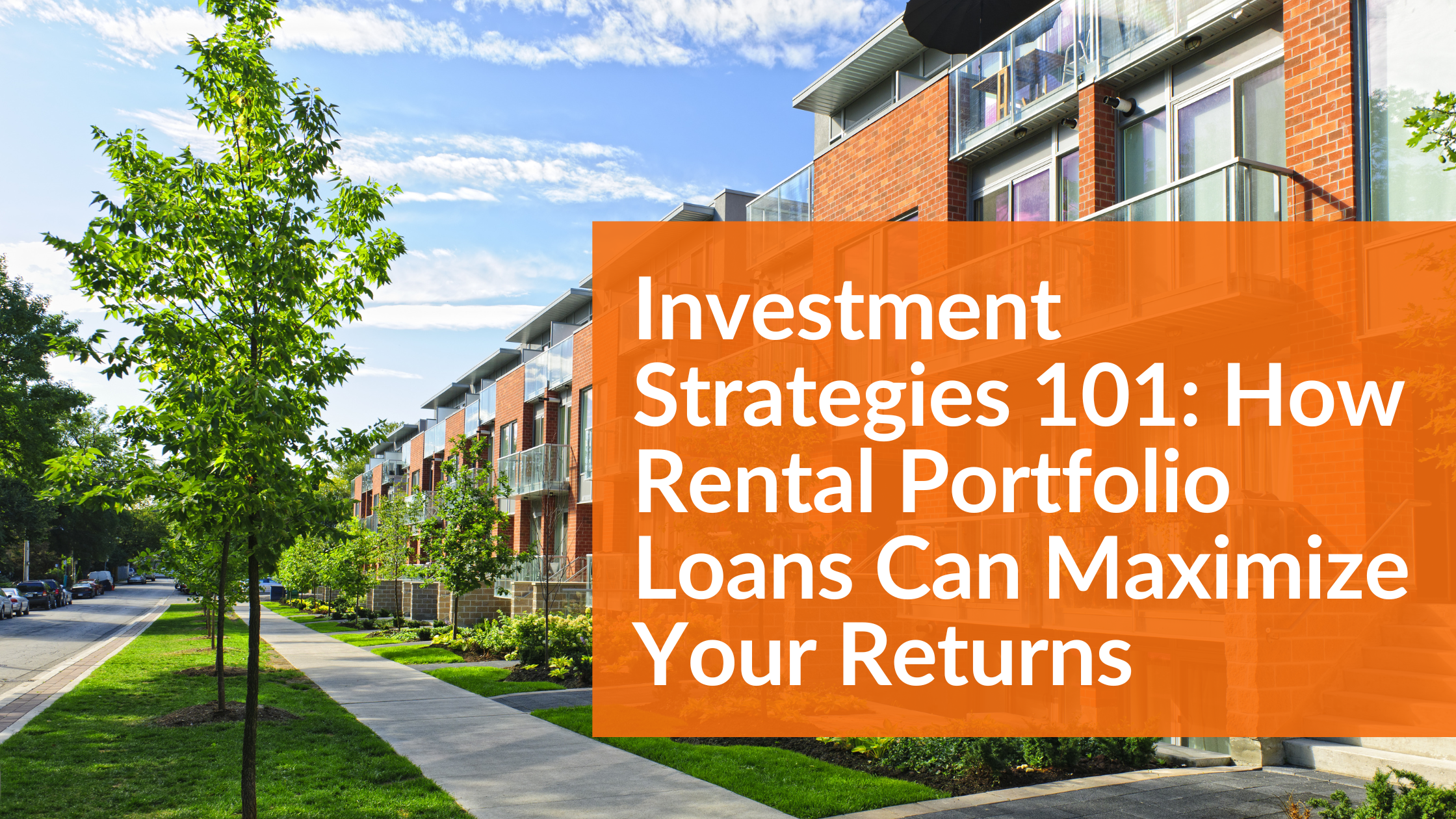What Is A Bridge Loan And How Do They Work

A bridge loan is a short-term loan utilized until permanent financing is secured or a current commitment is paid. It provides rapid cash flow, allowing the borrower to pay current obligations. Bridge loans typically have relatively high-interest rates and are secured by collateral, such as real estate or commercial goods.
These loans are frequently utilized in the real estate industry and are also known as bridge finance or bridging loans.
How Do Bridge Loans Work?
In most cases, sellers who find themselves in a bind or who must relocate quickly turn to bridge loans. However, the terms, conditions, and costs associated with bridge loans can differ substantially depending on the specifics of each deal and the policies of the lending institution involved. While the closing of certain bridge loans is timed to coincide with the repayment of the borrower's primary mortgage, others simply add to the borrower's total debt load. As with interest rates, the payment schedule for a bridge loan might vary widely from one lender to the next. Some, for instance, might demand regular monthly payments, while others might have different payment schedules at the beginning, middle, and end of the contract.
What Can A Bridge Loan Be Used For?
Every borrower's situation is different. As a lender, we understand the need to secure a bridge loan. Here are a few common reasons a person would require a bridge loan.
- Lack of cash to purchase another investment property
- The current loan is close to or has already matured
- Unable to secure permanent financing
- Need to secure a property fast
What Is The Difference Between A Bridge Loan And A Conventional Loan?
Unlike conventional loans, the application, approval, and funding phases of a bridge loan are often much quicker. Short loan durations, hefty interest rates, and steep origination costs are the price many borrowers must pay for the ease of access offered by these products.
Borrowers typically agree to these terms because they need quick access to their money. They expect to soon pay off the debt using low-interest, long-term financing, thus they are willing to pay high-interest rates. The majority of bridge loans also do not have prepayment fees.
Pros and Cons of a Bridge Loan
Taking out a bridge loan is connected with both benefits and drawbacks, just like any other type of lending or financing option. Let's take a look at some of the benefits and drawbacks that come along with this type of borrowing:
Pros
- You can utilize a bridge loan to purchase a new home even before you've sold your present one.
- It's an effective stop-gap measure for making ends meet during tense financial times.
- Faster closing times.
- Interest-only payments.
- You may submit unconditional offers on the sale of your current residence.
Cons
- Higher interest rates than traditional home loans
- Larger down payments on purchases
Conclusion
In certain situations, a bridge loan can be useful if you have an urgent need to purchase a new house before your old one has sold. In spite of the fact that a bridge loan can get you out of a jam or help you acquire a much-needed home in a hot market more quickly, it can be expensive to obtain.
Obtaining one will provide you with extra funds to invest in real estate. However, you may increase your overall debt and may end yourself paying off numerous loans at once if your present property does not sell quickly. Always, the optimal option, if you can do it, is to hold off on purchasing a new property until you have sold your current home.
If you are in need of a bridge loan reach out to us at 877-231-3111 or feel free to click the link below. Once you filled out our online form a qualified Loan Officer will be in touch.



